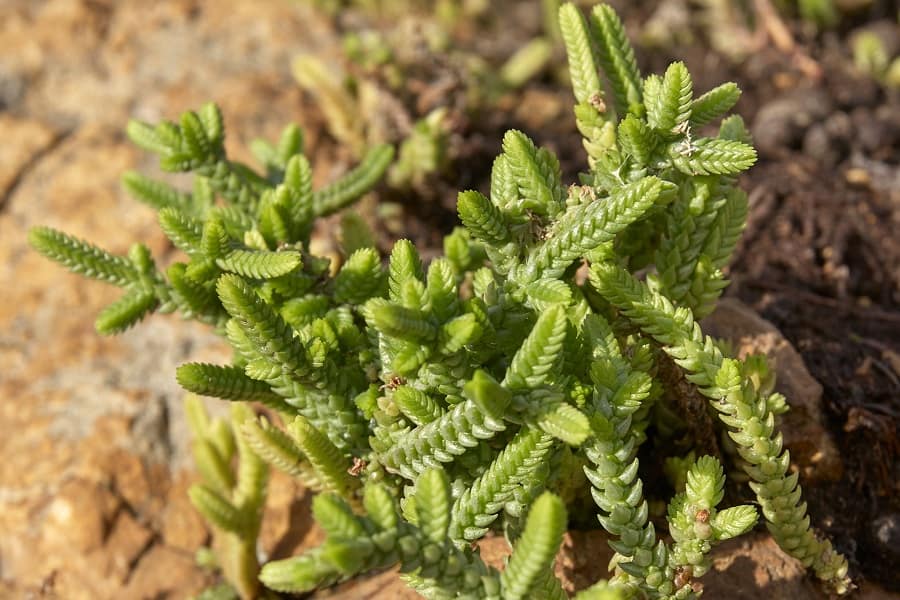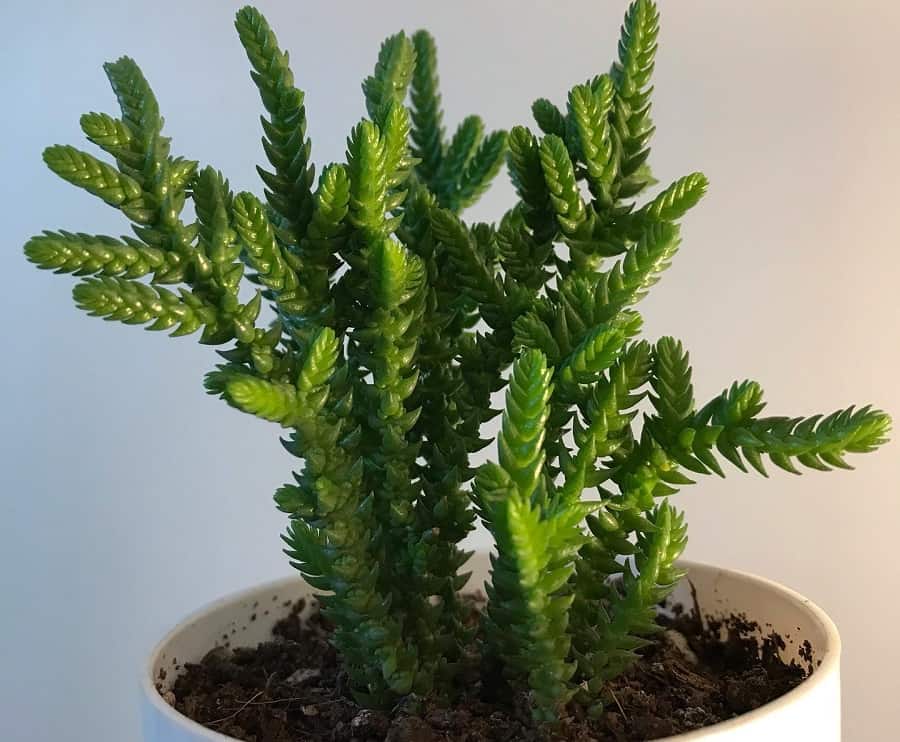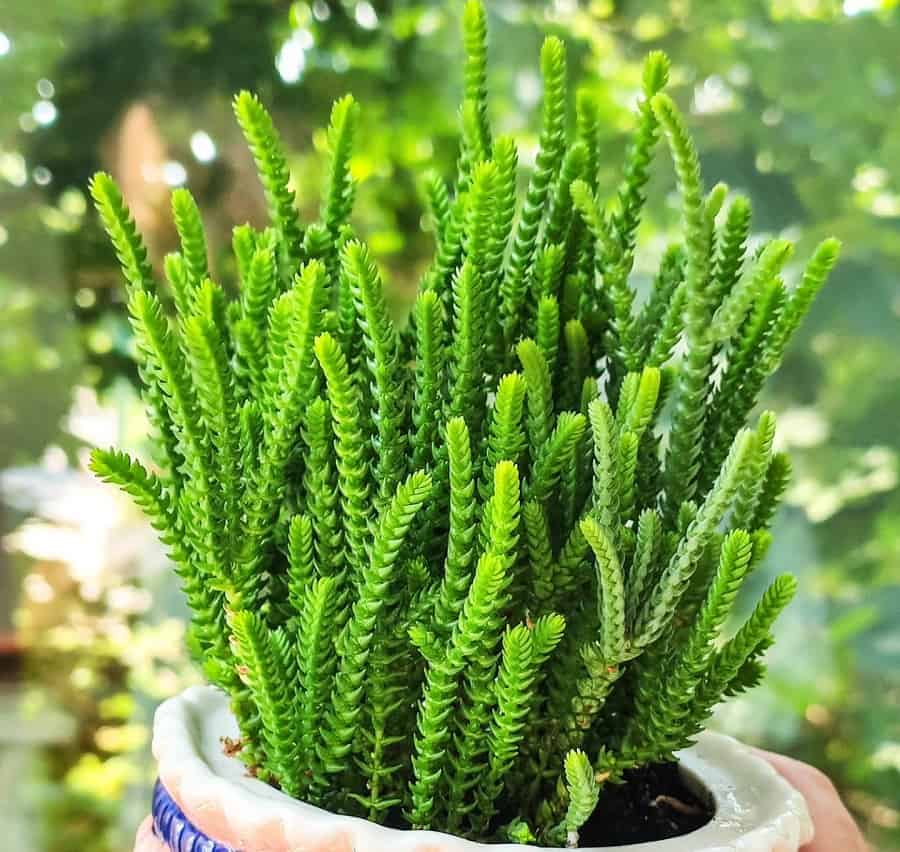Crassula Lycopodioides 101: Care and Propagation Tips
Meet the fascinating Crassula lycopodioides, also known as Crassula muscosa or the playful nickname “watch chain plant.” This unique plant is like a chameleon, with its appearance transforming depending on its environment.
Imagine thin, spindly branches that can be densely packed together or sparsely spread out. Picture the stems and branches confidently standing tall or gracefully drooping towards the ground. And take a closer look at the leaves, which are so tiny and tightly packed around the stem that they create a charming square pattern.
Crassula lycopodioides is truly a master of adaptability, showcasing the wonder and diversity found in the plant kingdom. Let’s dive deeper into this captivating succulent and learn all about its care and propagation secrets!

Related Post:
Crassula Lower Classifications
Contents
How to Care for Crassula lycopodioides
Let’s dive into the world of caring for the amazing Crassula lycopodioides succulent! Taking care of this plant is like helping a friend grow and thrive.
Light
Give your Crassula lycopodioides a sunny spot on a windowsill where it can soak up some glorious sunshine. It loves bright light and a little direct sunlight, so make sure it gets enough light every day. Remember, it prefers being outdoors rather than indoors.
Watering
Just like other succulents, the Crassula lycopodioides has specific watering needs. Water it properly to keep it happy and healthy. Avoid overwatering and never let it sit in water. During the growing months from April to September, water it regularly. But during autumn and winter, when it takes a little nap, water it sparingly. The secret is to let the soil dry out completely before giving it a good soak.

Soil
This remarkable succulent prefers well-drained soil that’s gritty and mineral-rich. Mix in some pine bark or coconut coir to improve drainage. It’s like giving the plant a comfy home to spread its roots.
Fertilizing
In general, the Crassula lycopodioides doesn’t need much fertilizer. Over-fertilizing can make it grow too much and lose its sleek, sophisticated look. During its growing season in spring and summer, a balanced liquid fertilizer, diluted by 50%, once every two weeks will do the trick. However, don’t fertilize it during winter.
Climate
Warm climates are the best for this lively succulent. It enjoys temperatures between 60°F to 75°F (15.5°C to 24°C), and in winter, don’t let it shiver in anything below 50°F (10°C). Cold and damp weather makes it lose color and turns it mushy and yellow. If you live in a cold climate, grow it indoors but make sure it gets enough sunlight. It thrives in USDA hardiness zones 9b to 11b.

Pests and Diseases
Luckily, the Crassula lycopodioides usually stays healthy without any serious issues. However, be cautious of overwatering, which can lead to fungal diseases and root rot. It may also attract common pests like aphids and mealybugs. Keep an eye out for them and address the situation promptly.
Propagating Crassula lycopodioides
Ready to make more little Crassula lycopodioides plants? You can do it in different ways:
Leaves
Take a healthy complete leaf from the mother plant and let it callous before planting it in well-draining soil. Water it when the soil is completely dried out.
Cuttings
Grab a stem cutting that’s 2 to 3 inches long and plant it in a pot with a mix of sand and peat moss. Keep it in a bright spot at room temperature.
Offsets
When the mother plant produces an offset, gently remove it with a sharp knife. Clean off any excess soil, let it callus, and then replant it in well-draining soil. Water it when the soil becomes dry.
Seeds
Although not a popular method due to slow growth, you can propagate the Crassula lycopodioides using seeds. Sow them in well-draining soil mixed with fine sand in autumn. Keep the soil moist until the plantlets appear, then let it dry out between waterings.
By following these care and propagation tips, you’ll become a skilled plant parent and enjoy the beauty of Crassula lycopodioides in all its glory!
